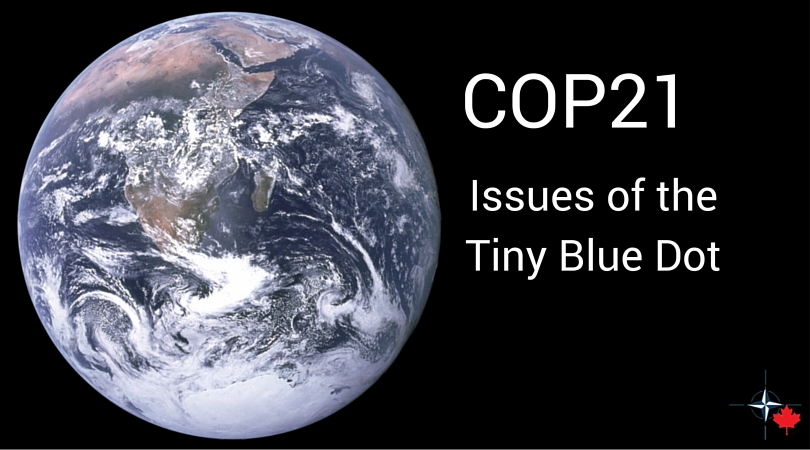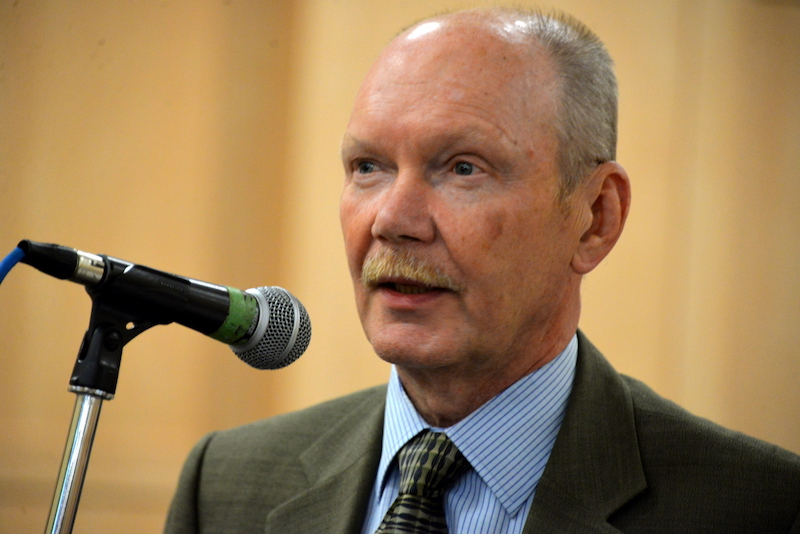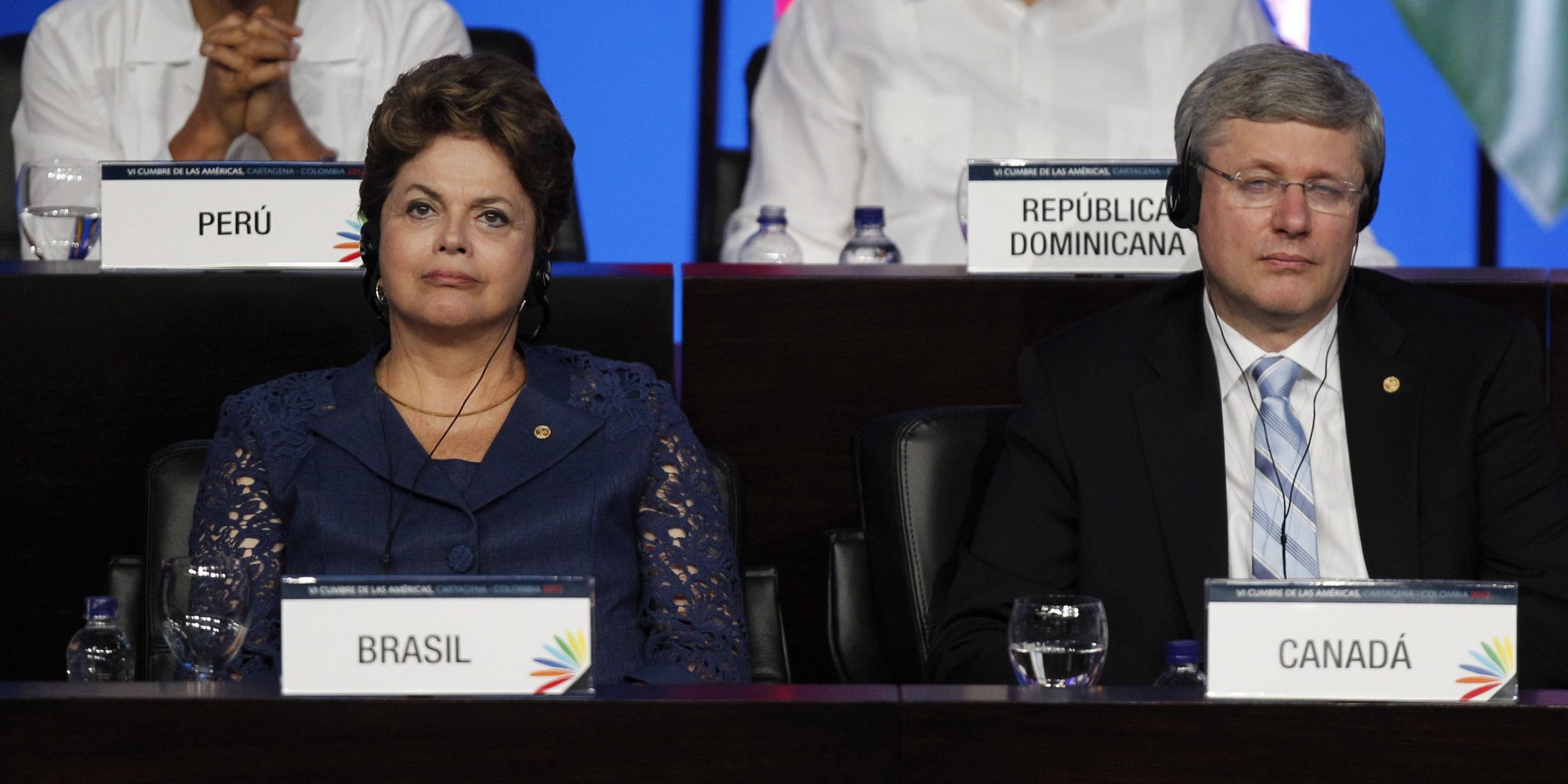Monday November 30, 2015 was the first day of the two-week negotiations by 195 countries to tackle climate change. The Climate Conference is taking place in Paris until December 11. President Obama, leader of one of the biggest economic and military powers in the world has urged the negotiators to “deliver a meaningful deal because the next generation is watching.” He continued; “Climate change could define the contours of this century more than any other (challenge). I came here personally to say the United States not only recognizes the problem, but is committed to do something about it.” While the words of great leaders upon the stage do bind nations together, evoke a sense of camaraderie, that we’re all on the tiny blue dot together, the result of these negotiations and the actions taken henceforth will determine the validity of those words.
There are several key issues that need to be addressed and could potentially cause contention between negotiators at the Conference. Firstly, the limit that is being set on carbon emissions. The UN has endorsed the goal of reducing global warming to no more than 2C by the end of the century. Scientists have stated that when the Earth warms over 2C over pre-industrial times there will be unpredictable impacts on the global climate system. However, a heavier goal has been set for poorer, developing countries, 1.5C. Additionally, these countries have taken up the argument that industrialized countries should do more to cut their emissions as they have been polluting longer. Lastly, there is the issue of money. At the 2009 UN Climate Change Conference in Copenhagen, there was a firm pledge by rich economies to provide US$100 billion a year to support poor countries to develop and build infrastructures that could cut emissions. However today, where that money will come from and how it will be distributed is yet to be decided.
While developed countries may be in a better position to create sustainable infrastructure, the same cannot be said for emerging economies. For example, India, is a country with a population of 1.2 billion people and with the economic growth of 8-9%, annually greenhouse gas emissions will triple. The conference aims to put aside the burning of coal with an investment in renewable resources. The UK was home to the industrial revolution that was introduced to the world by the burning of coal. Today, UK’s Energy Secretary states: “Let me be clear: it is not the future.” While a nation like the UK is progressive and in an economic position to lower its carbon footprint, rising economies are not. India for example, has an economy in which 61 per cent of its power generation capacity is fueled by coal. However, while Indian Prime Minister Narendra Modi has promised the country investment in renewables, there is still a vast population with little to no access to electricity in India. India makes up about 17.5% of the total world population, much of which is riddled with poverty. For India’s poor, economic growth is essential and sadly, it is not environmentally friendly. There is a deep irony in economic development in India. While it may grow economically, it fails to find the balance between economic and sustainable development.
China faces a similar issue. After three decades of “economic growth trumps all” policy, China has become one of the largest polluters in the world. China’s economy is also heavily reliant on coal and is consequently paying the environmental cost. Many parts of China now face desertification; the air is increasingly polluted, as are water and soil. While Chinese President Xi Jinping was attending the Paris Climate Conference, Beijing was hit with the worst smog of the year on Monday. This resulted in children being kept inside, the closing of highways, and factories having to scale back on their emissions. As December brings cold weather, the increased reliance on coal to heat homes brings thicker smog and dangerous air. It was recorded on Monday that the concentration of hazardous particulate matter exceeded 600 micrograms per cubic metres in the urban centres of Beijing. New Delhi, India faced the same chocking smog problem on Monday.
However, in spite of the worrying trend of environmental callousness there is still a hope for sustainable development. From the investment of Solar Panels in China to the “Clean India” campaign, there is a fair degree of discussion. After years of ignoring the issue of pollution, it now a “clear” concern for the two rising economies, as they see their cities become erased in the smog of their own wealth. The next few days of discussion are vital for the development and sustainability of our communities for years to come.




